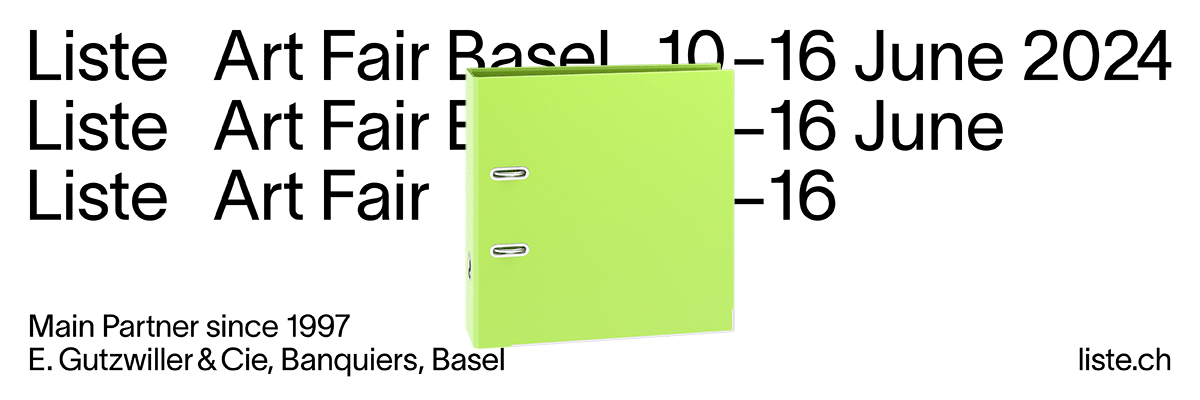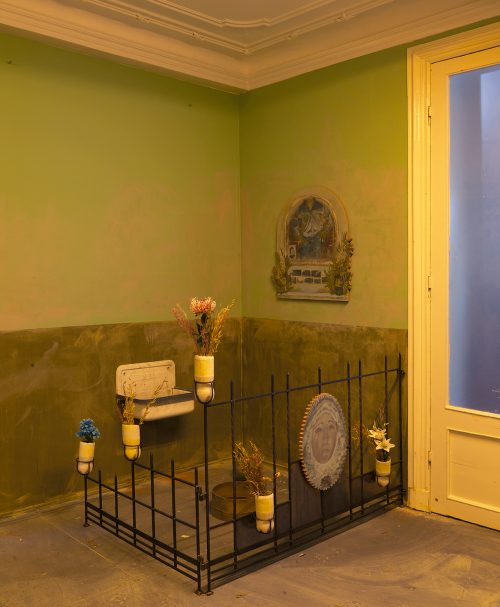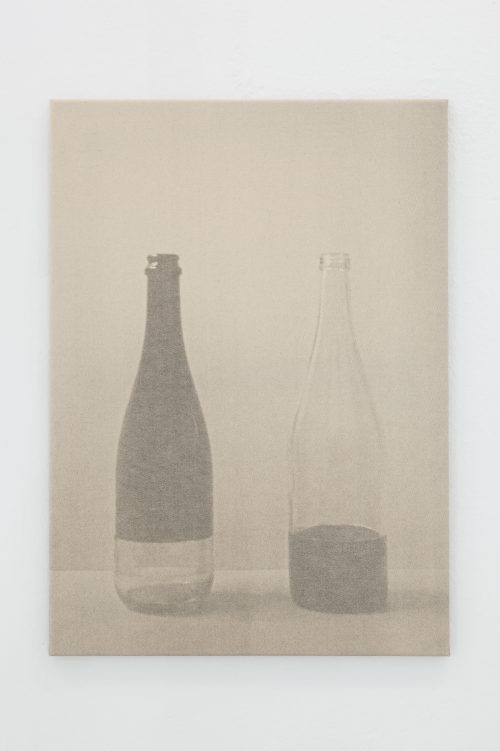
Mira Schor
Margin of Safety
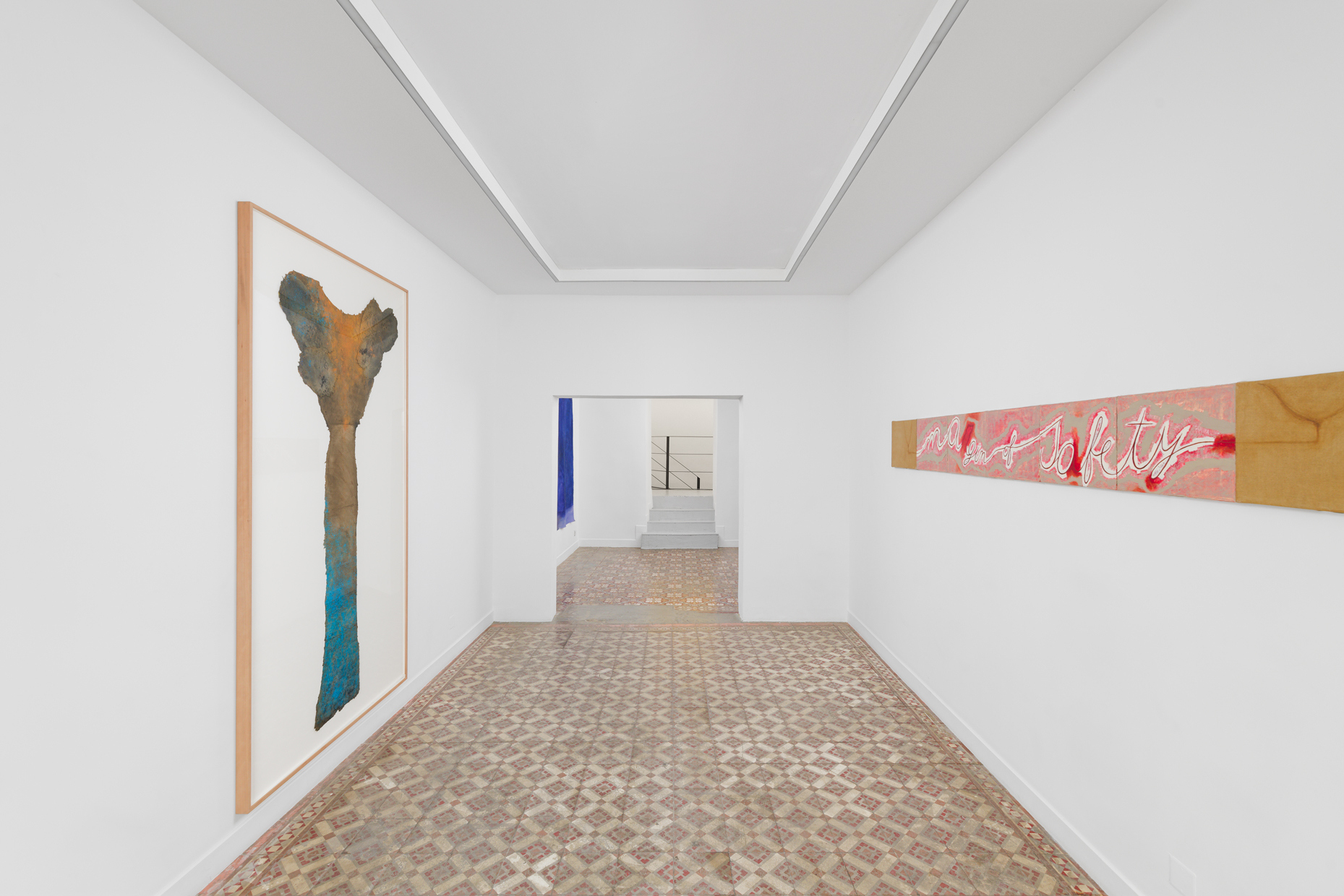
Exhibition view 'Margin of Safety', 2024. Courtesy Marcelle Alix
Advertisement
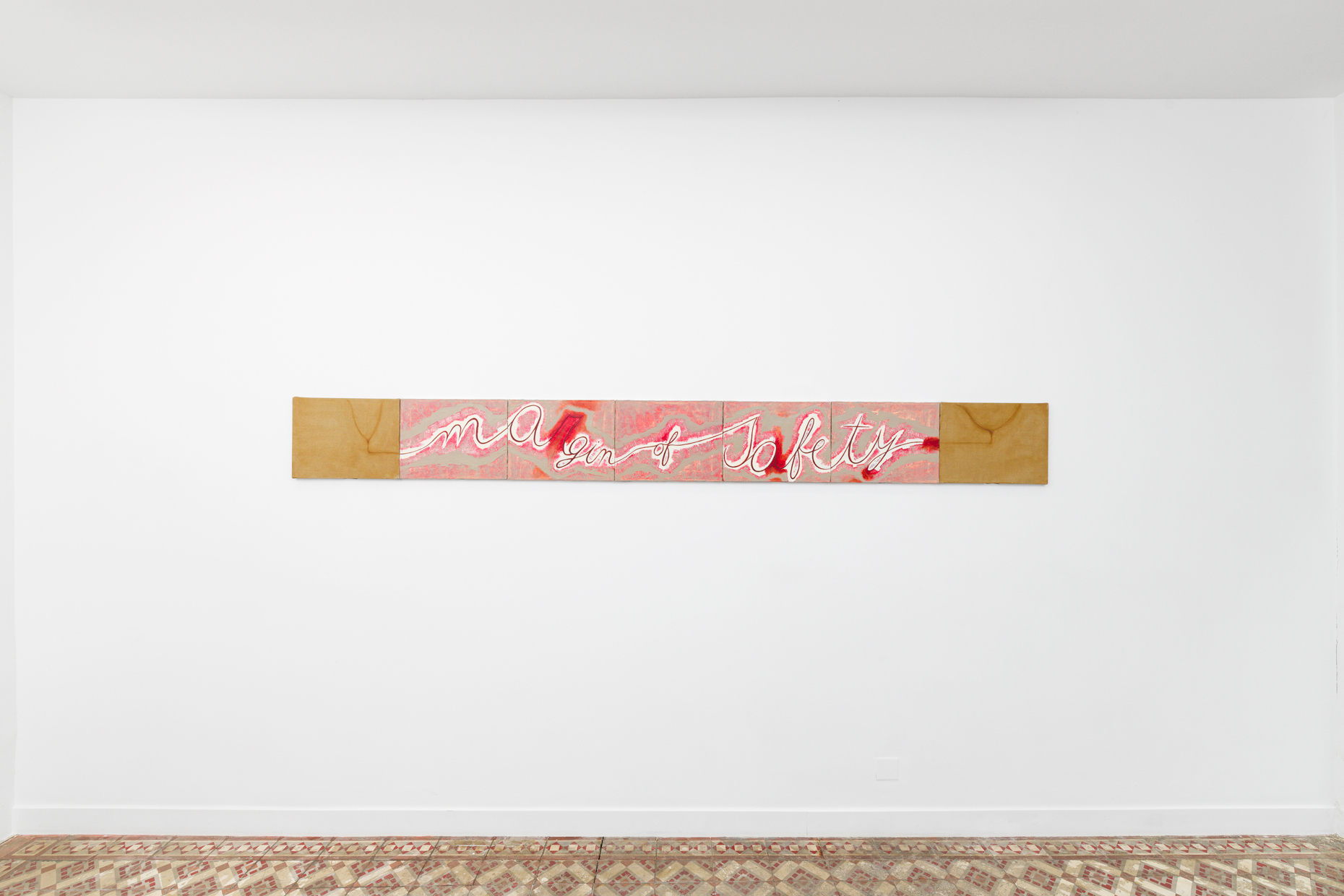
Exhibition view 'Margin of Safety', 2024. Courtesy Marcelle Alix
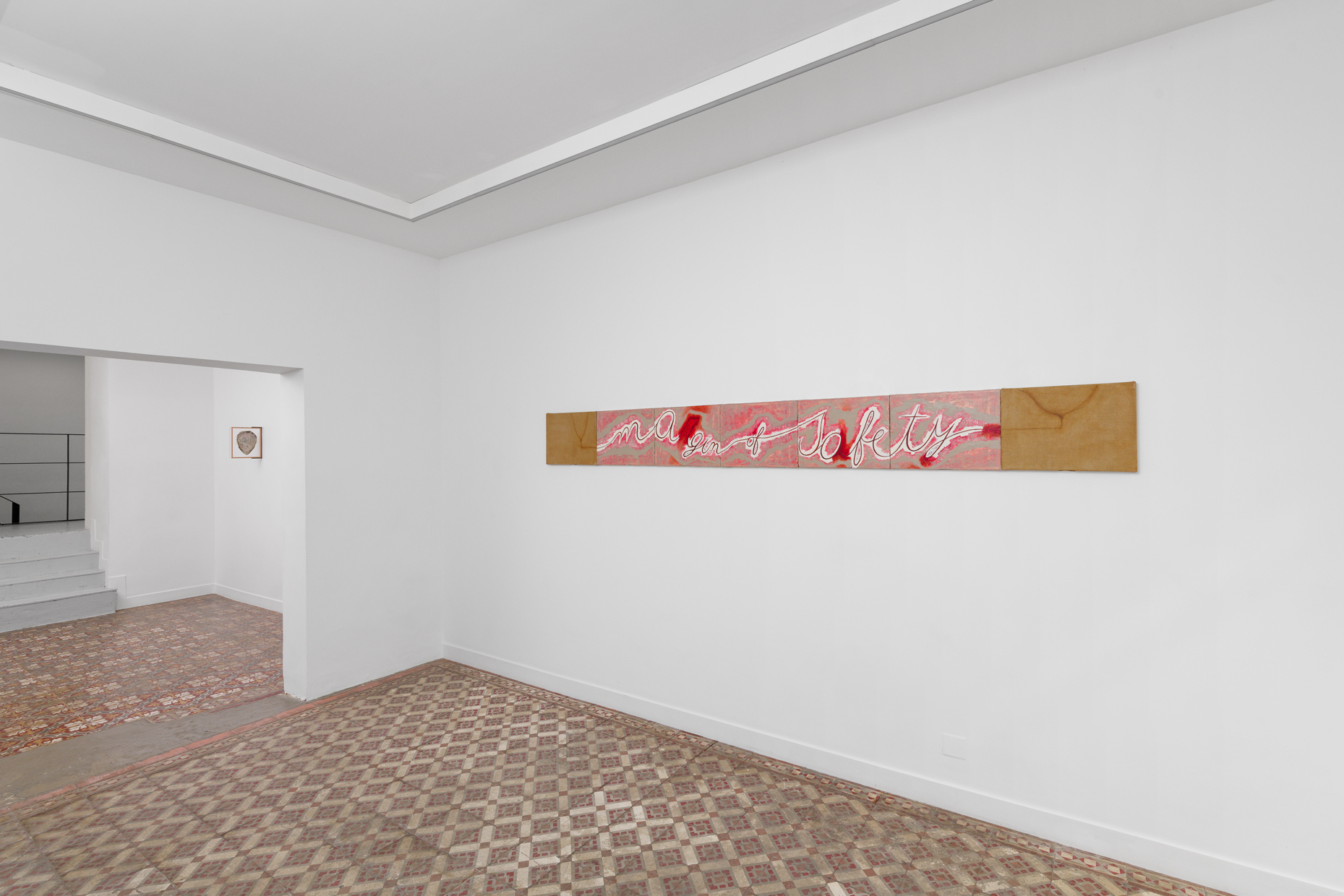
Exhibition view 'Margin of Safety', 2024. Courtesy Marcelle Alix

Exhibition view 'Margin of Safety', 2024. Courtesy Marcelle Alix
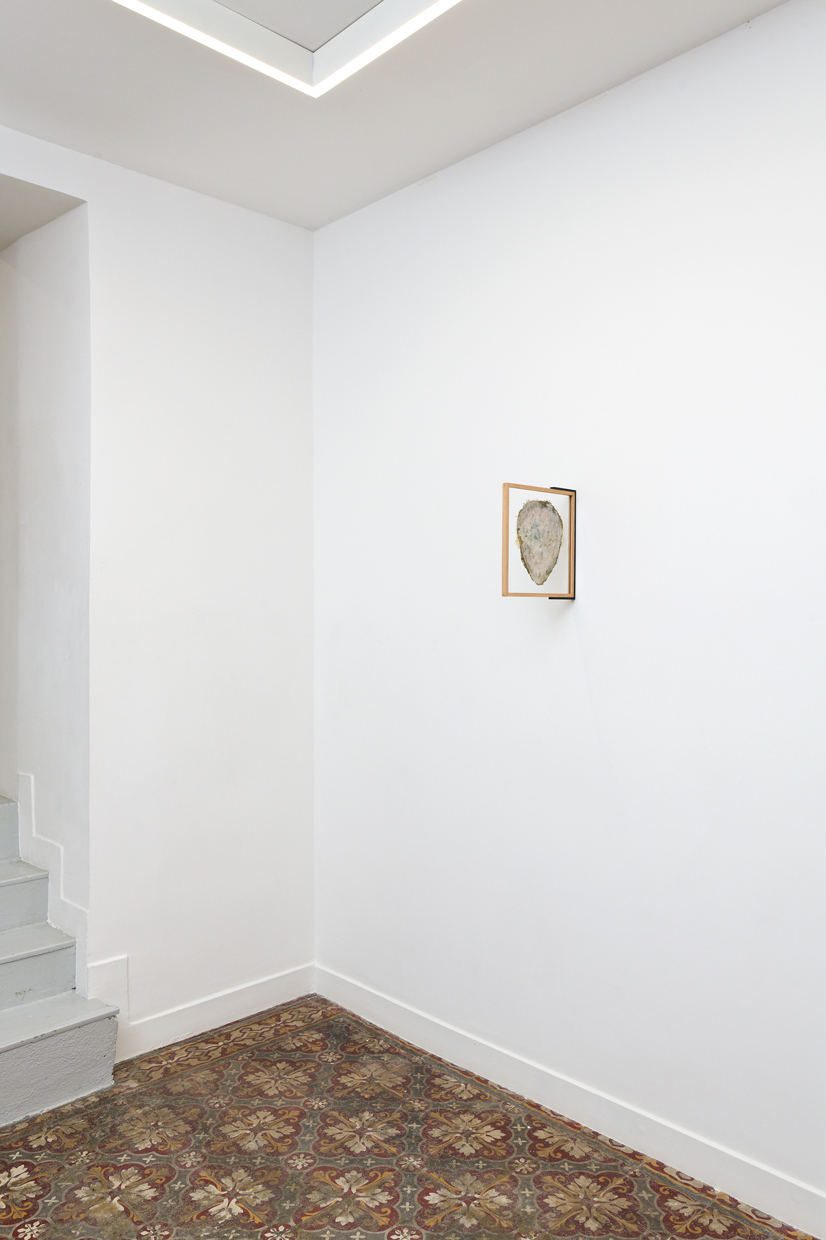
Exhibition view 'Margin of Safety', 2024. Courtesy Marcelle Alix
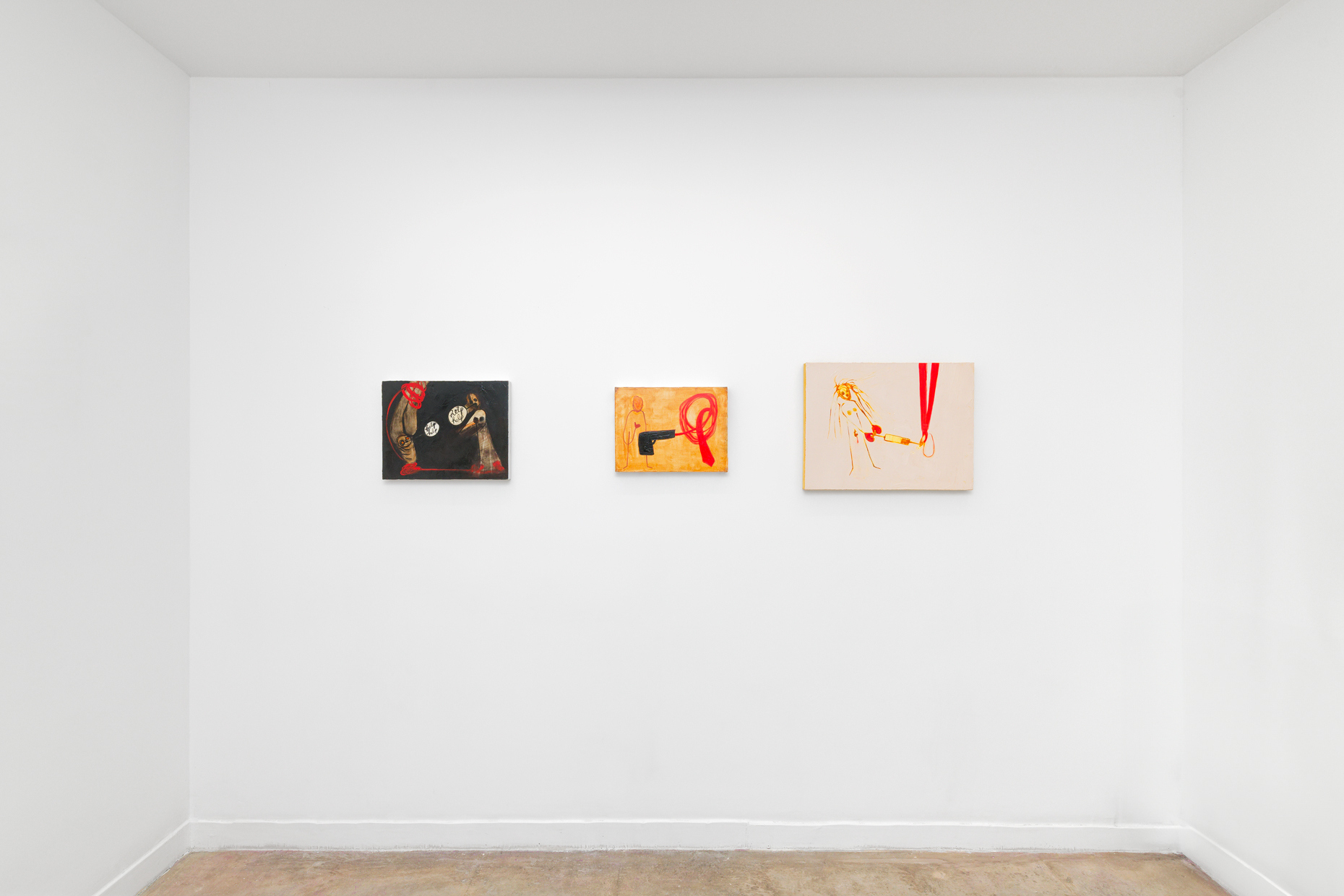
Exhibition view 'Margin of Safety', 2024. Courtesy Marcelle Alix
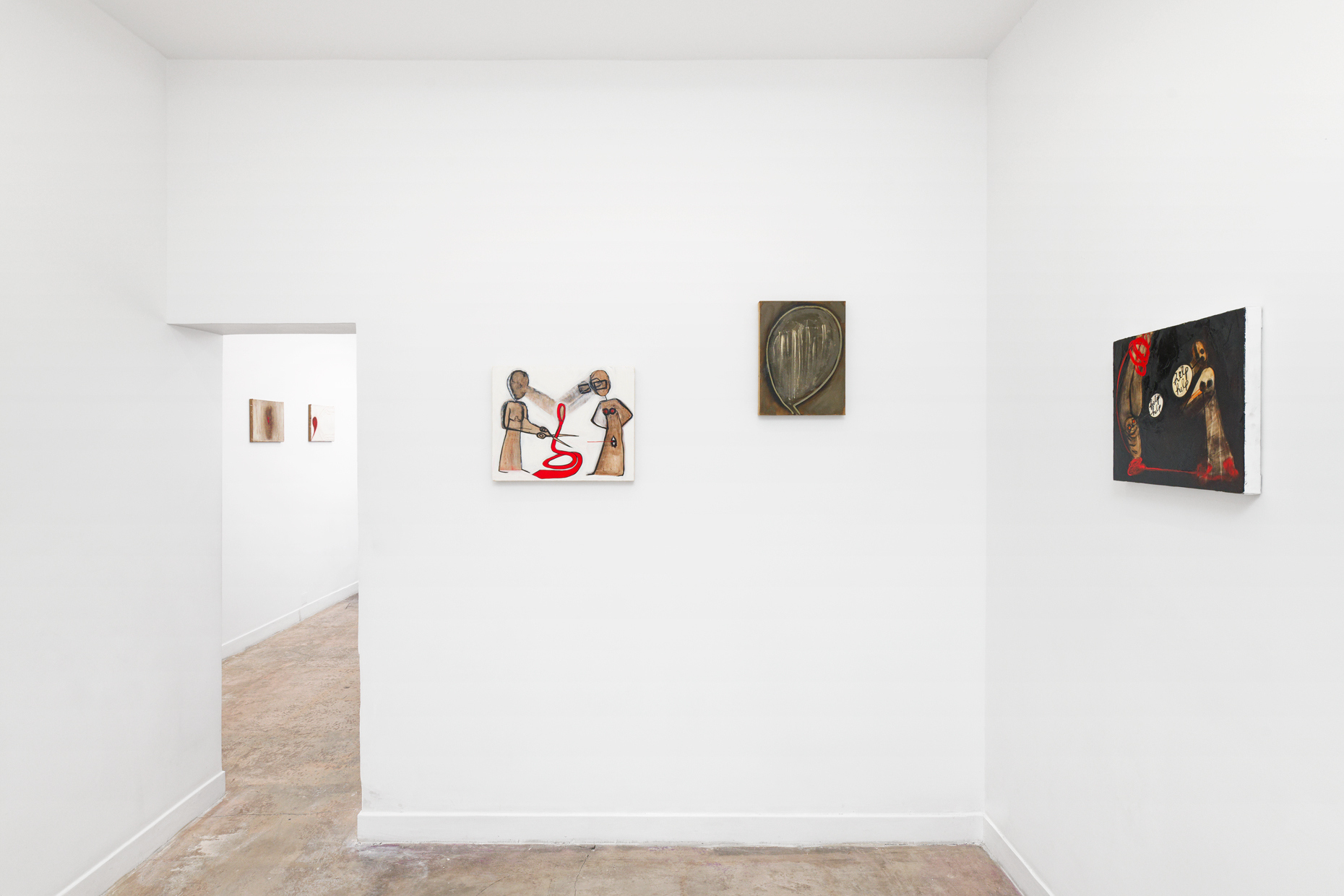
Exhibition view 'Margin of Safety', 2024. Courtesy Marcelle Alix

Exhibition view 'Margin of Safety', 2024. Courtesy Marcelle Alix

Exhibition view 'Margin of Safety', 2024. Courtesy Marcelle Alix
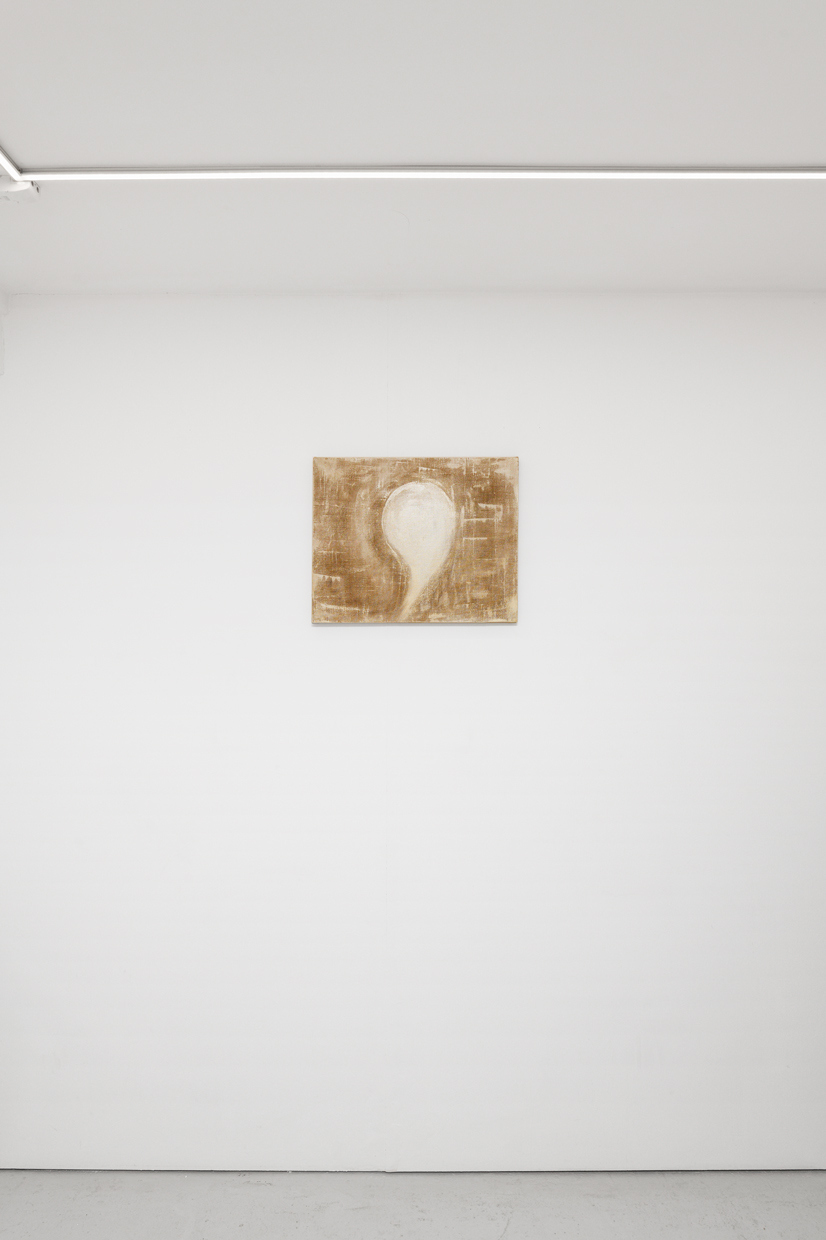
Exhibition view 'Margin of Safety', 2024. Courtesy Marcelle Alix
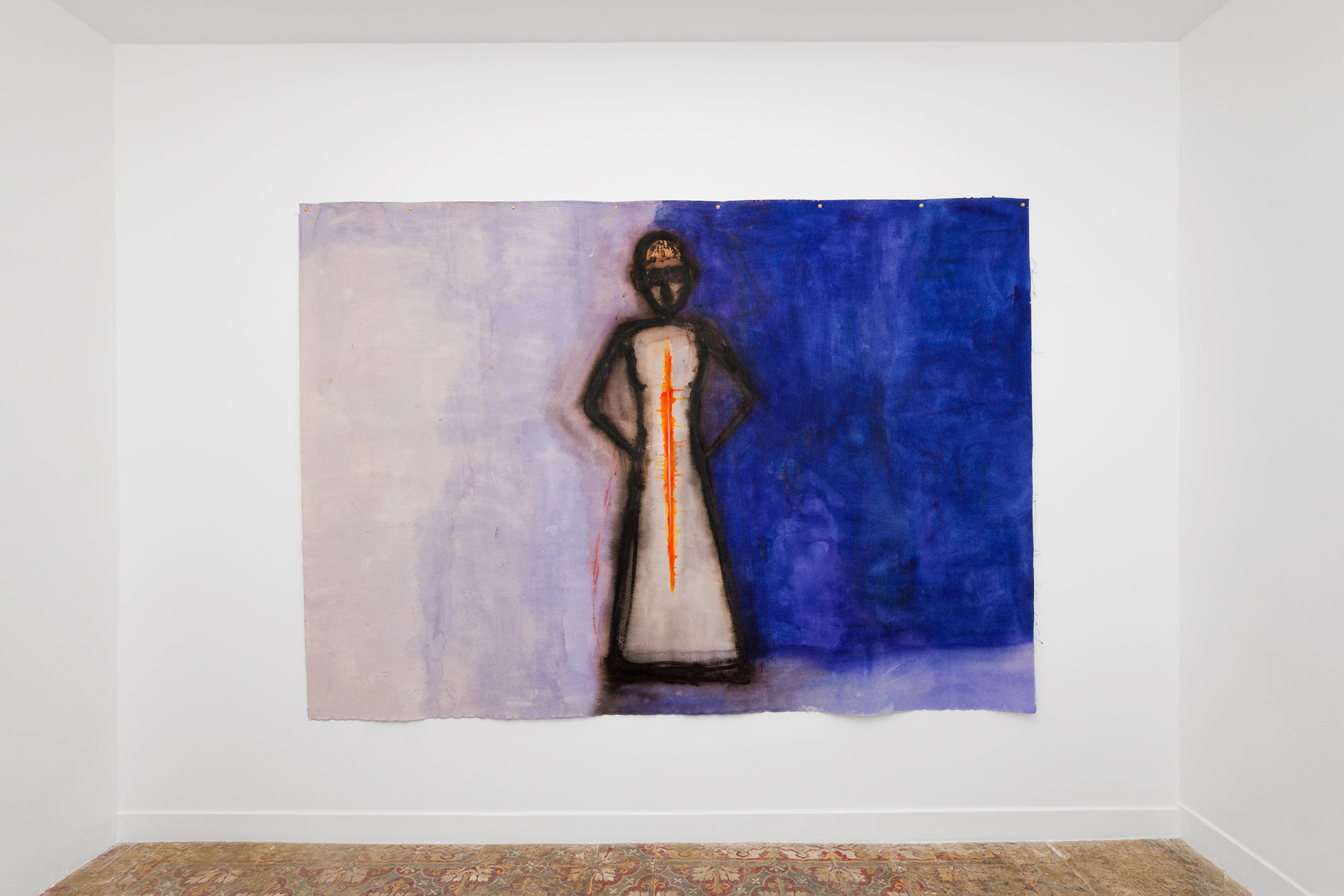
Exhibition view 'Margin of Safety', 2024. Courtesy Marcelle Alix
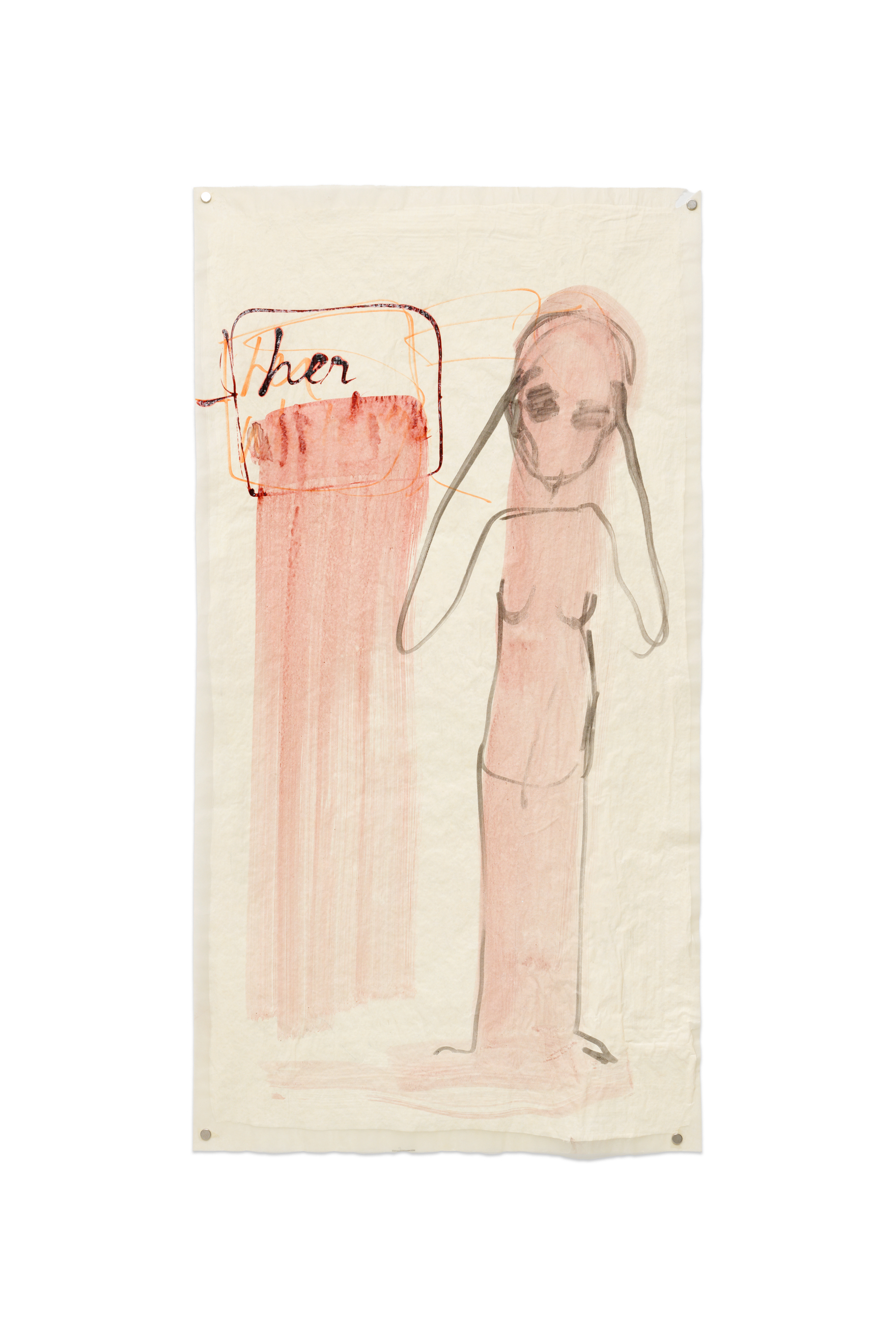
Exhibition view 'Margin of Safety', 2024. Courtesy Marcelle Alix
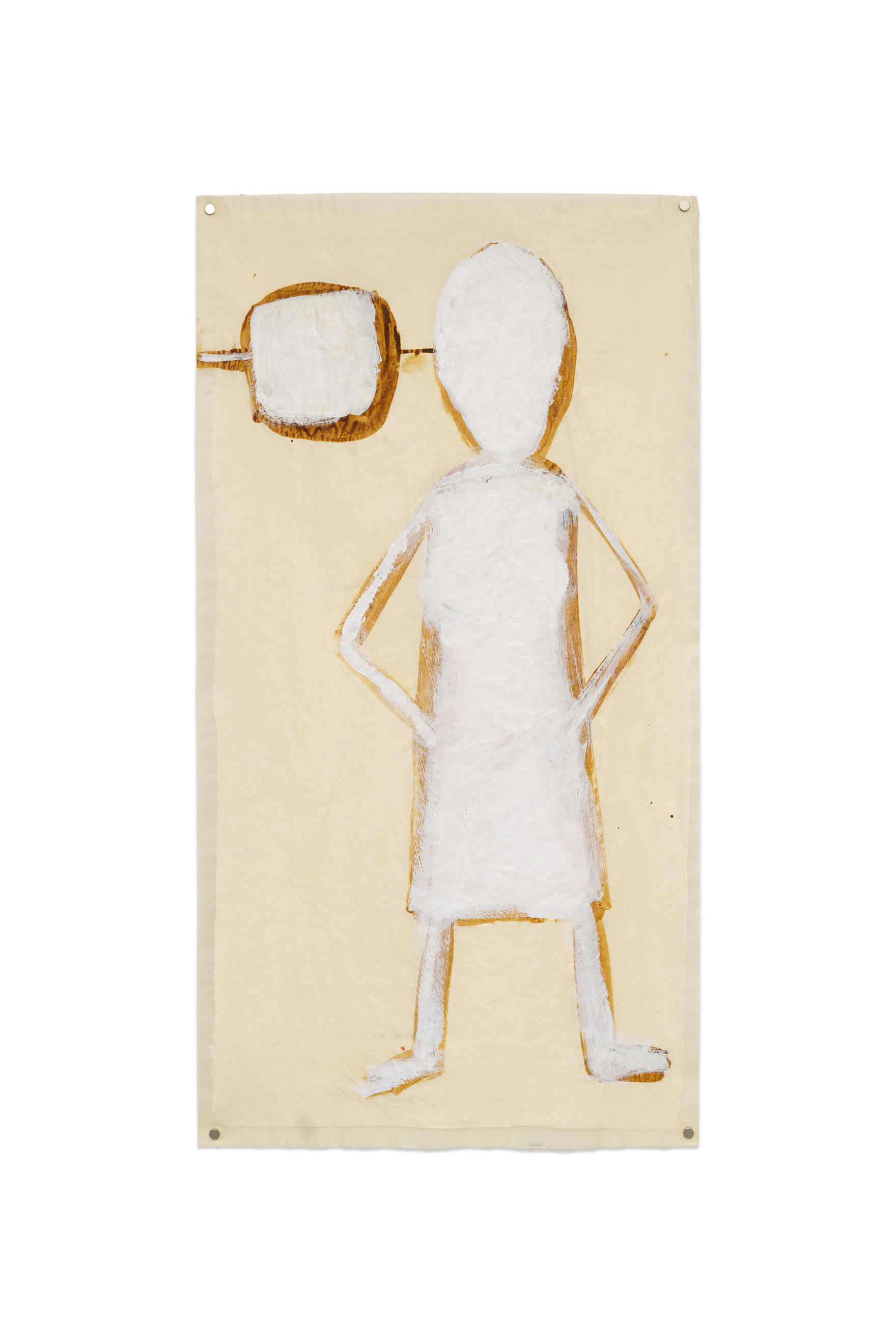
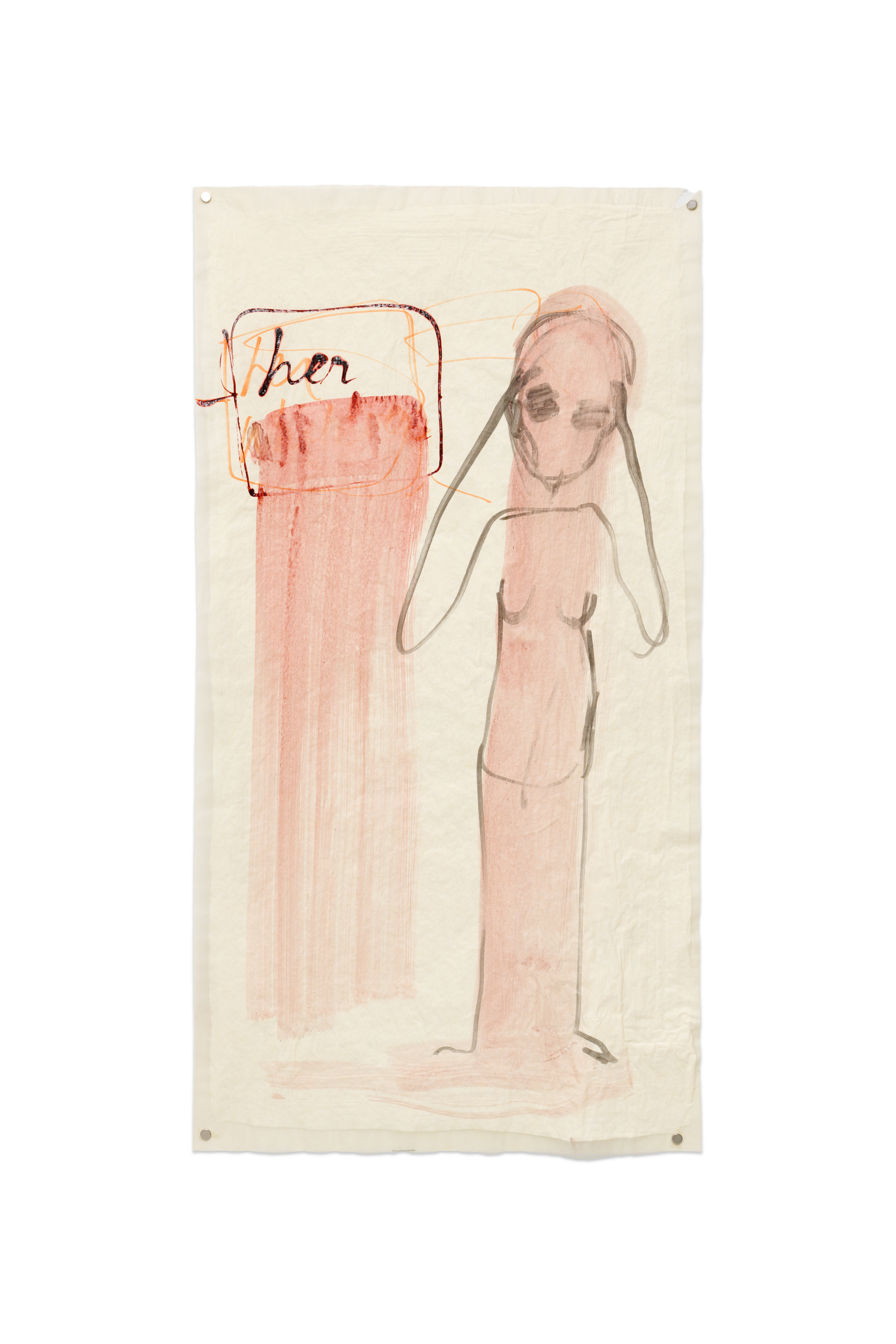
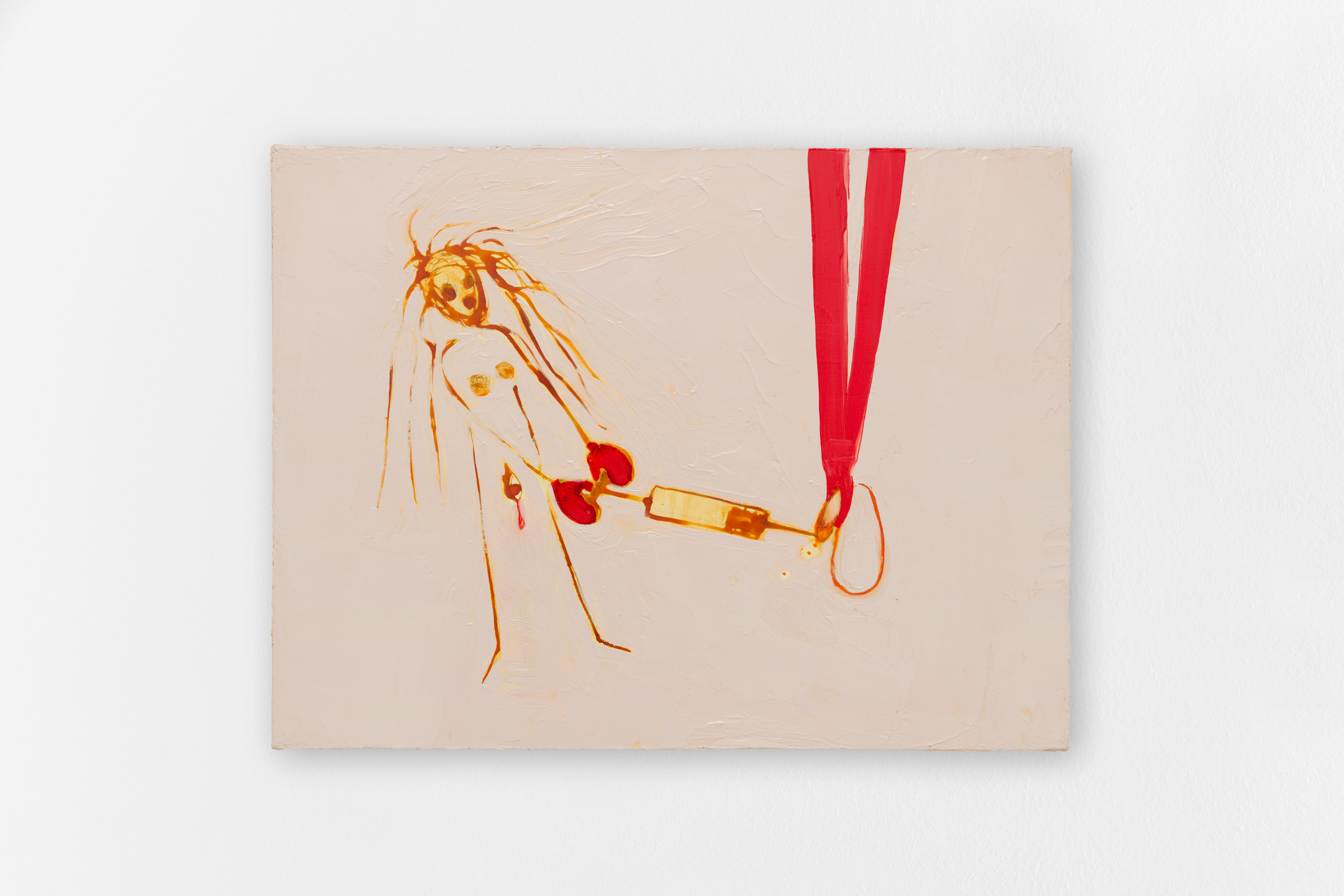

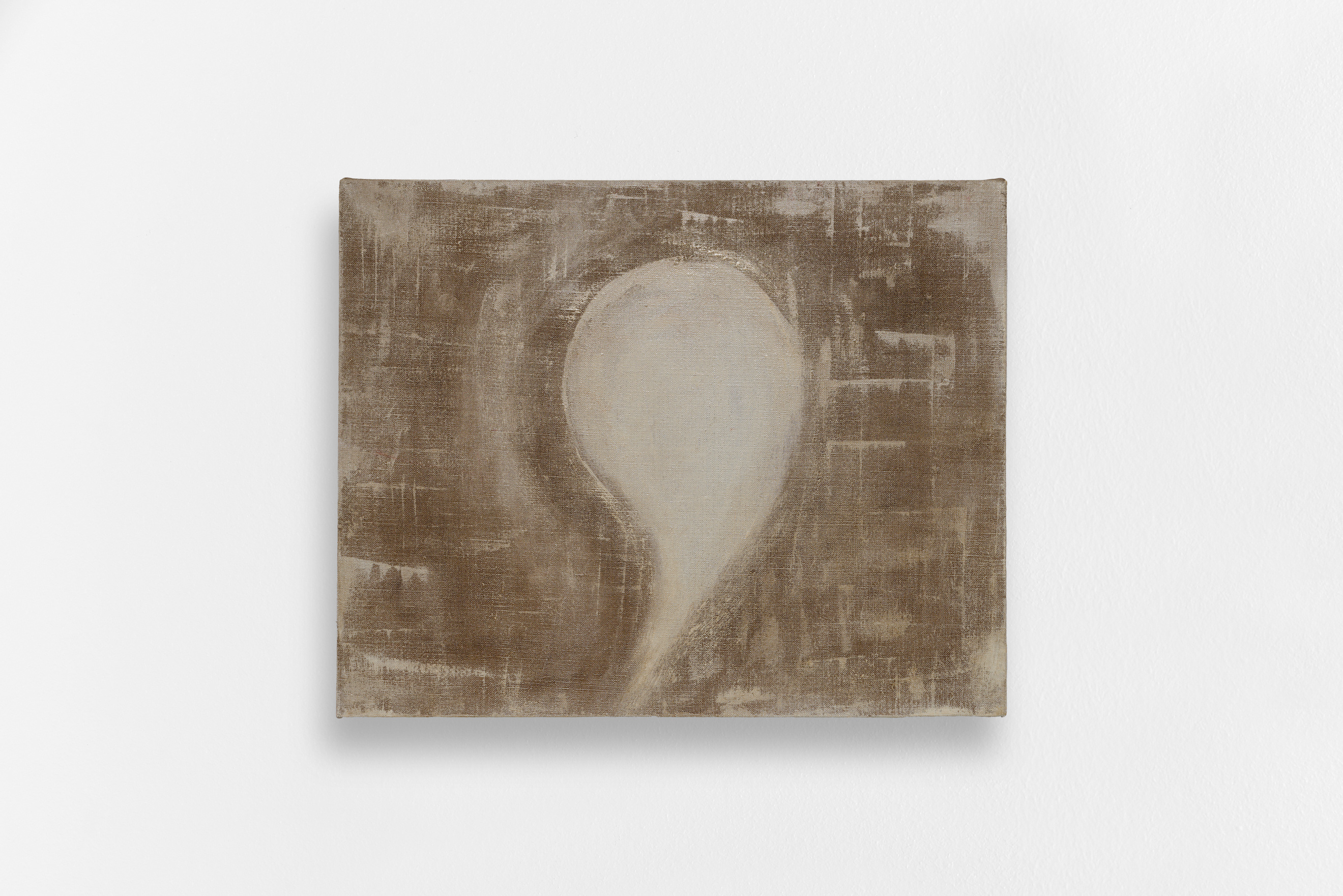
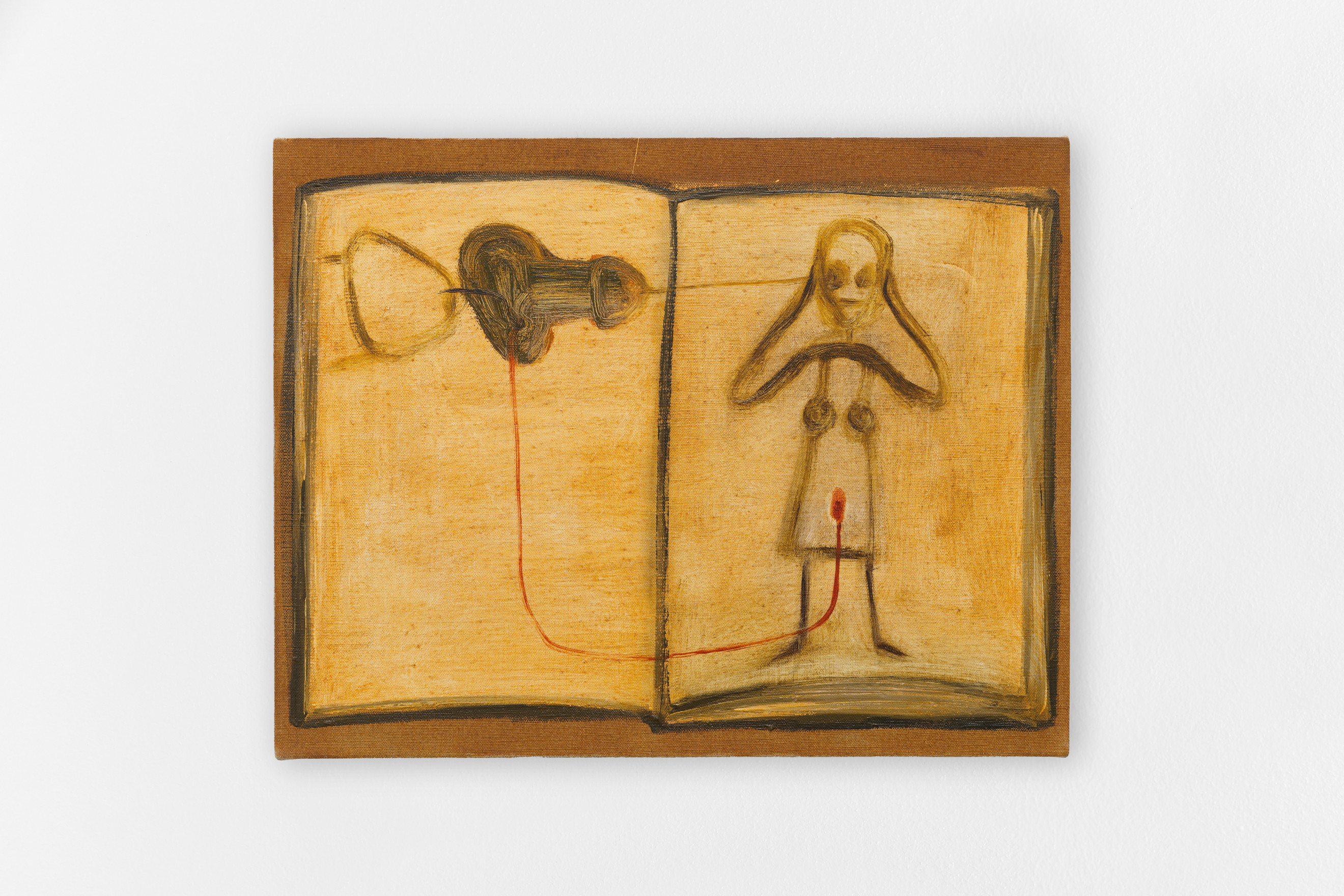
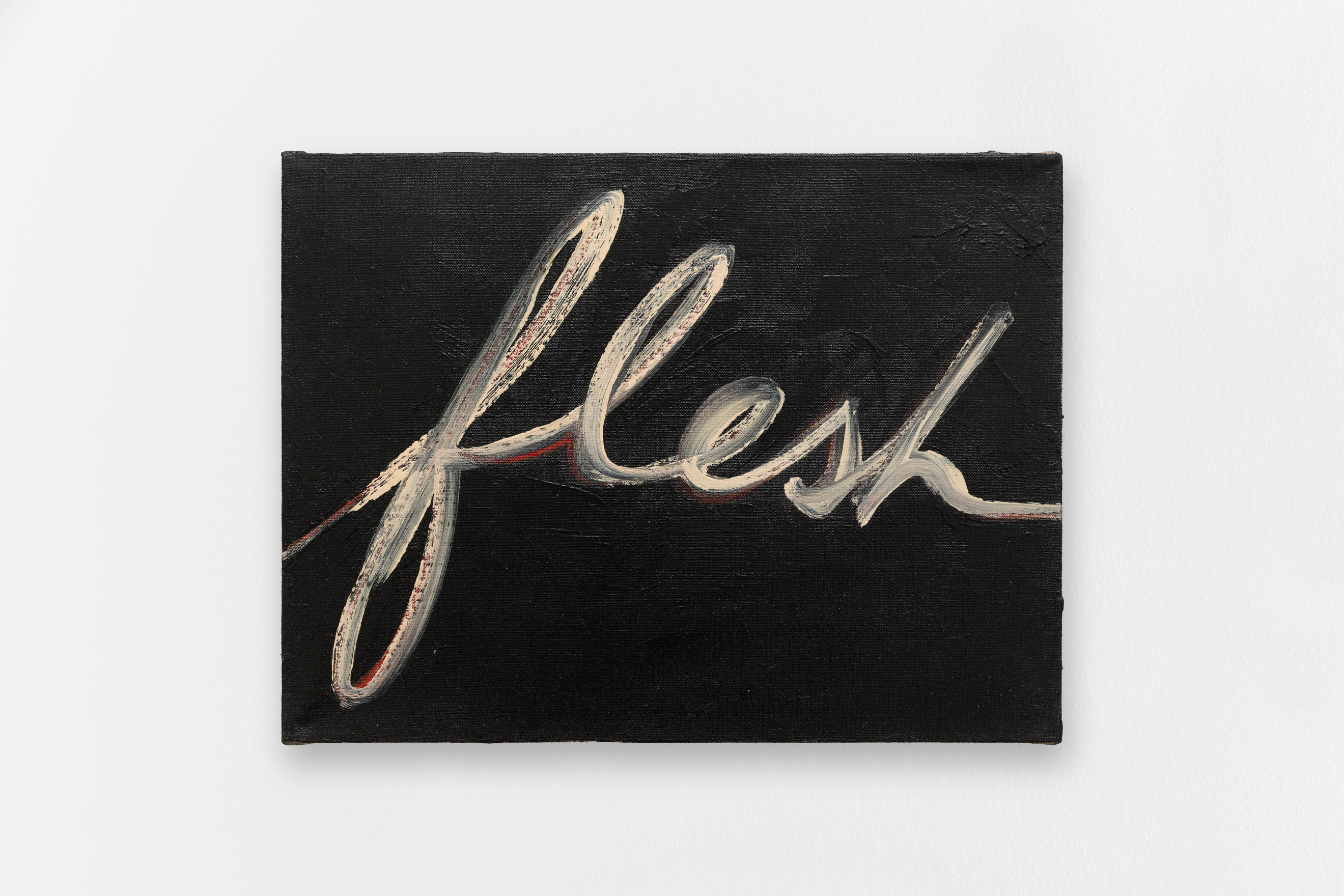

The second exhibition of an artist at the gallery brings with it a different joy than the first, which is entirely attached to the excitement of discovery. Today, it is more about reactivating the experience of visual pleasure and testing once again the thoughts and feelings that came along when in contact with the works. Living with them every day during the duration of a show allows us to confirm or refute certain intuitions in two simultaneous movements: we delve deeper into the artist's processes, and at the same time, this intimate knowledge enables us to develop our own relationship with the work, to understand "what it does to us." ?
Mira Schor's practice is exemplary in this regard. First because it has been accompanied for forty years by the artist's writings, a true guide toward a deep understanding of the work. And second, because it is entirely devoted to visual pleasure from a female perspective. Thus, it addresses both senses and mind, and "what it does to us" could not be more complete. If, by chance, we were not sensitive to the paintings on free canvas in the first exhibition at Marcelle Alix, the works on paper of the second show and its army of "Power Figures" installed in the same basement, will appeal to our need to find strong female figures of emancipation in contemporary representations. Those self-portraits as 'stick figures' find their counterpoints in the "Black paintings" of the last room: inspired by the diverse scandals of Donald Trump's presidency, they ridicule the attempts of the former US President to transform vain male attributes into signs of power.
IL: Isabelle, I love how you and Cécilia have curated your exhibition "Margin of Safety" and how it will further expand on the understanding of Mira’s oeuvre in Paris, Europe, and beyond. Beginning with a never before exhibited work from her first group of life-size Dresses (1975), her "Mask" series (1977) and "Margin of Safety" (1994) initially a part of her monumental "War Frieze" (1991-94), measuring 60 meters long, and culminating in her most recent free canvas "Torn" painting, I believe it will be a tour de force in material and formal complexity wedded with powerful reflections on the body, mortality, sexuality, patriarchy, and the continual looming threat of a Trump presidency. I love how your exhibition zooms into specific bodies of work, namely her "Power Figures" (2015-16) and "Black Paintings" (2017-18), and punctuates them with additional carefully curated works through her oeuvre. Mira’s continued engagement with painting as a medium to address power and our lived experience in all our vulnerability is evident in these two exhibitions. ??The connective tissue of the simultaneous exhibitions at Marcelle Alix and Lyles & King will be "Margin of Safety", a fellow "Torn" painting, an early “Dress,” and the "Masks". My hope is that the exhibition in New York will contextualize these works within her broader oeuvre as I’ve curated the exhibition with a focus on the poetical, bodily, and psychological strains in her work that I think have been overlooked due to the Mira’s radical political, feminist positions and her work as a writer. In our oversaturated world, Mira’s expansive oeuvre has been boxed in under her radical political agenda, but the atavistic, human, and poetic impact of her work comes from a more difficult to articulate interior world. Mira’s oeuvre contains multitudes. It articulates her life in manifold mediums with oscillations in representational strategies and relationship to language and the body. I think both of our exhibitions with present Mira’s work with a dynamism that hasn’t been experienced before. The coherence of her oeuvre and the single-mindedness of her mission is expressed with a virtuosic range of formal and material strategies.
CB: In 2022, during Mira Schor's first solo exhibition at the gallery, as she attentively and benevolently accompanied each of our hanging proposals, I had the feeling that something was happening that many imaginations hope for in a work: that it be a living reality, a tangible object that responds and speaks with us. After her return to New York, following the end of her exhibition, which we could have lived with for a long time without anything wearing out, something happened that had a concrete effect on me. What was alive, what gave me more energy and desire, was Mira Schor's talent for describing her inner life, the promises to be kept, and the enduring confrontation with a world where the emergence of dangerous and frightening things leads to breaking the silence daily. Mira Schor's painting is like an act of divination through the entrails, akin to that large free painting whose incised canvas opens the represented female body. If we are never immune to an internal explosion, the act of painting for Mira Schor is a way of showing oneself without reservation, like a formidable living body whose field of vision expands in length and depth, beyond a structural, historical, and aesthetic movement (which Mira analyzes so finely), primarily driven by new emotions. Her work seems to me to rest on an exchange of forces and energies that can be used to witness the advent of what each of us has in common, regardless of our experiences and our way of revisiting, through creation, political circumstances.
Born in 1950, Mira Schor is a New York-based painter and writer. Schor received her MFA in painting from CalArts in 1973. Schor’s work was shown in a solo show at Bourse de Commerce, Fondation Pinault (2024) and has also been included in exhibitions at June (2021), Kunsthaus Graz (2020), Kestner Gesellschaft (2019), The Jewish Museum (2010), Hammer Museum (1996) and P.S.1 (1992). She is the recipient of awards in painting from the Guggenheim, Rockefeller Foundation, Marie Walsh Sharpe, Pollock-Krasner Foundation and of the College Art Association’s Frank Jewett Mather Award in Art Criticism. She is the recipient of the 2019 Women’s Caucus for Art Lifetime Achievement Award for her work as a feminist painter, art historian and critic.?She is represented by Lyles & King Gallery in New York City and Marcelle Alix in Paris.
Mira Schor's practice is exemplary in this regard. First because it has been accompanied for forty years by the artist's writings, a true guide toward a deep understanding of the work. And second, because it is entirely devoted to visual pleasure from a female perspective. Thus, it addresses both senses and mind, and "what it does to us" could not be more complete. If, by chance, we were not sensitive to the paintings on free canvas in the first exhibition at Marcelle Alix, the works on paper of the second show and its army of "Power Figures" installed in the same basement, will appeal to our need to find strong female figures of emancipation in contemporary representations. Those self-portraits as 'stick figures' find their counterpoints in the "Black paintings" of the last room: inspired by the diverse scandals of Donald Trump's presidency, they ridicule the attempts of the former US President to transform vain male attributes into signs of power.
IL: Isabelle, I love how you and Cécilia have curated your exhibition "Margin of Safety" and how it will further expand on the understanding of Mira’s oeuvre in Paris, Europe, and beyond. Beginning with a never before exhibited work from her first group of life-size Dresses (1975), her "Mask" series (1977) and "Margin of Safety" (1994) initially a part of her monumental "War Frieze" (1991-94), measuring 60 meters long, and culminating in her most recent free canvas "Torn" painting, I believe it will be a tour de force in material and formal complexity wedded with powerful reflections on the body, mortality, sexuality, patriarchy, and the continual looming threat of a Trump presidency. I love how your exhibition zooms into specific bodies of work, namely her "Power Figures" (2015-16) and "Black Paintings" (2017-18), and punctuates them with additional carefully curated works through her oeuvre. Mira’s continued engagement with painting as a medium to address power and our lived experience in all our vulnerability is evident in these two exhibitions. ??The connective tissue of the simultaneous exhibitions at Marcelle Alix and Lyles & King will be "Margin of Safety", a fellow "Torn" painting, an early “Dress,” and the "Masks". My hope is that the exhibition in New York will contextualize these works within her broader oeuvre as I’ve curated the exhibition with a focus on the poetical, bodily, and psychological strains in her work that I think have been overlooked due to the Mira’s radical political, feminist positions and her work as a writer. In our oversaturated world, Mira’s expansive oeuvre has been boxed in under her radical political agenda, but the atavistic, human, and poetic impact of her work comes from a more difficult to articulate interior world. Mira’s oeuvre contains multitudes. It articulates her life in manifold mediums with oscillations in representational strategies and relationship to language and the body. I think both of our exhibitions with present Mira’s work with a dynamism that hasn’t been experienced before. The coherence of her oeuvre and the single-mindedness of her mission is expressed with a virtuosic range of formal and material strategies.
CB: In 2022, during Mira Schor's first solo exhibition at the gallery, as she attentively and benevolently accompanied each of our hanging proposals, I had the feeling that something was happening that many imaginations hope for in a work: that it be a living reality, a tangible object that responds and speaks with us. After her return to New York, following the end of her exhibition, which we could have lived with for a long time without anything wearing out, something happened that had a concrete effect on me. What was alive, what gave me more energy and desire, was Mira Schor's talent for describing her inner life, the promises to be kept, and the enduring confrontation with a world where the emergence of dangerous and frightening things leads to breaking the silence daily. Mira Schor's painting is like an act of divination through the entrails, akin to that large free painting whose incised canvas opens the represented female body. If we are never immune to an internal explosion, the act of painting for Mira Schor is a way of showing oneself without reservation, like a formidable living body whose field of vision expands in length and depth, beyond a structural, historical, and aesthetic movement (which Mira analyzes so finely), primarily driven by new emotions. Her work seems to me to rest on an exchange of forces and energies that can be used to witness the advent of what each of us has in common, regardless of our experiences and our way of revisiting, through creation, political circumstances.
Born in 1950, Mira Schor is a New York-based painter and writer. Schor received her MFA in painting from CalArts in 1973. Schor’s work was shown in a solo show at Bourse de Commerce, Fondation Pinault (2024) and has also been included in exhibitions at June (2021), Kunsthaus Graz (2020), Kestner Gesellschaft (2019), The Jewish Museum (2010), Hammer Museum (1996) and P.S.1 (1992). She is the recipient of awards in painting from the Guggenheim, Rockefeller Foundation, Marie Walsh Sharpe, Pollock-Krasner Foundation and of the College Art Association’s Frank Jewett Mather Award in Art Criticism. She is the recipient of the 2019 Women’s Caucus for Art Lifetime Achievement Award for her work as a feminist painter, art historian and critic.?She is represented by Lyles & King Gallery in New York City and Marcelle Alix in Paris.
Marcelle Alix and Lyles & King

